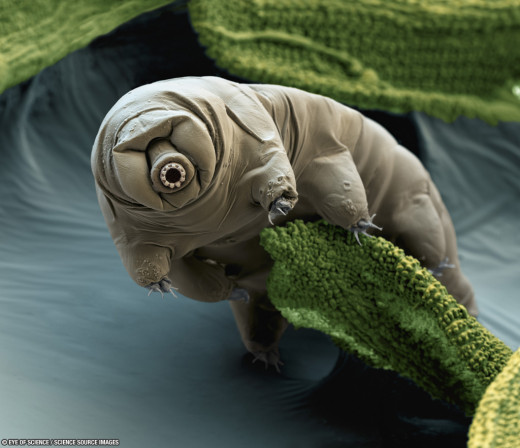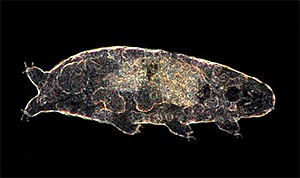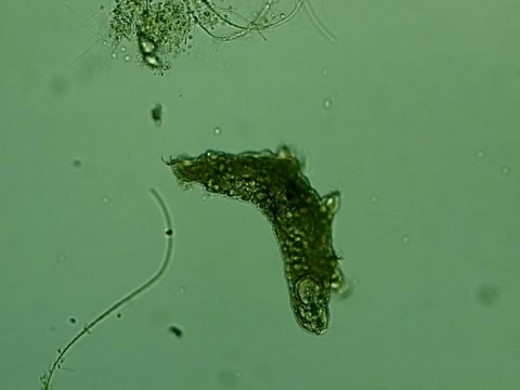Toughest Animal on the planet!

Science fiction movies may have taken ideas from this friendly looking creature. It looks like an approachable alien encountered by space travelers. In this scenario, however, fact is stranger than fiction. Tardigrades are very real, and the amazing things they can do make them appear even more fantasy than real life.

Imagine being thrust into space, in an oxygen devoid galaxy, or being trapped in a total vacuum with no essentials to continue life. This sort of stuff would kill any animal; any animal except the tardigrade. The hearty animal has been the fascination of scientists. In this process they have exposed the poor guys to temperatures as low as -328 Fahrenheit and as high as 304. The micro-creature has been forced into radiation 1,000 times the lethal dose for a human. It has been placed in boiling alcohol, and 6 times the pressure of the deepest recesses of the ocean. Remarkably, it has survived each situation and continued to thrive. In their natural habitat they will slow their metabolism to a near zero state (dead state) and recover when living conditions are right. Scientists have even been able to document a case of one living 120 years without food or water.
Tardigrades; often called water bears or moss piglets, are officially the toughest living creature on the planet. And, these captivating creatures are everywhere. They are a phylum of small invertebrates. The name means “slow stepper”. Tardigrades measure about 0.05mm to 1.2mm in length. The amazing animal has four pairs of legs that end in tiny claws. This tough guy lives off of the fluids of plant cells, animal cells and bacteria.
Similar to a sci-fi fantasy, these tiny little micro-animals exist all around us, but we never really see them. There is a very real possibility that you have come into contact with one. They have been found from the Antarctic to the average creek in our back yard. They tend to prefer residence in aquatic or semi-aquatic areas though. They are not impossible to see either; even a layman can pull one up under a microscope. The easiest place to find one is amongst moss or algae growth near a body of water. Take a handful of said plant life and squeeze the water into a film or slide under a microscope. Chances are very great you will see at least one, and the microscope doesn’t have to be the most powerful. A simple cheap microscope can be purchased at the local store.

Even with all of the amazing things that scientists have learned, most publications state that they know very little about the creatures. There are at least 1,100 different identified types of tardigrades. Despite the available pictures, they are usually brightly colored in colors ranging from bright orange to green. It seems that about every 50 years a scientist takes interest in them and writes a book. However, the book usually consists of all the things these animals can live through. People instantly take a liking to these charming creatures. There are tons of websites dedicated to them. Hopefully, we can see another book dedicated to them and all the amazing things they do.








